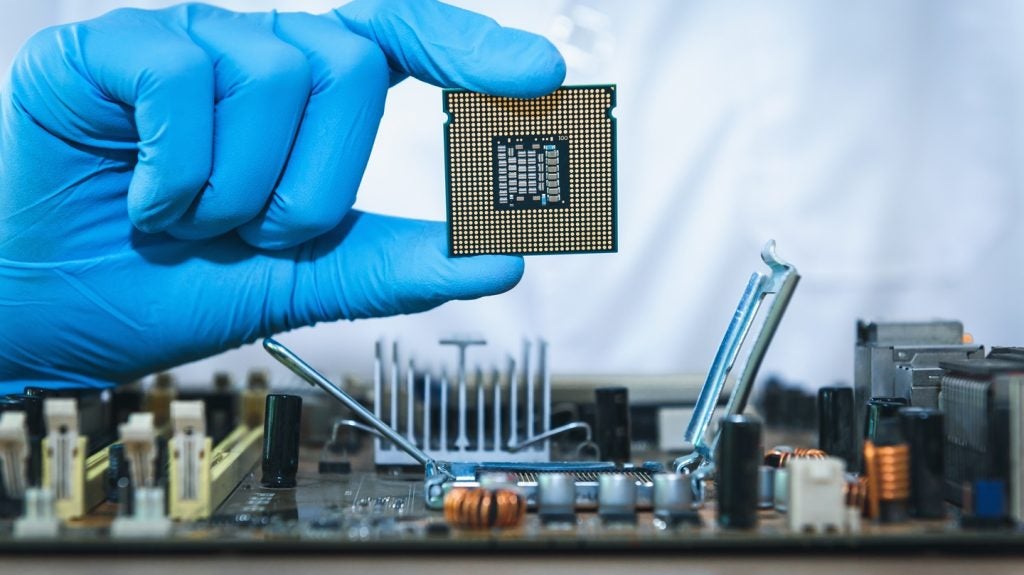Quectel Wireless Solutions has filed a patent for a wireless communication method that involves receiving a paging early indication (PEI) from a network device. The PEI indicates whether at least one terminal in a terminal group should receive paging indication information. The terminal then determines whether to monitor a paging occasion (PO) group based on the PEI and, if so, proceeds to monitor the PO group to receive the paging indication information. GlobalData’s report on Quectel Wireless Solutions gives a 360-degree view of the company including its patenting strategy. Buy the report here.
According to GlobalData’s company profile on Quectel Wireless Solutions, IoT-5G convergence was a key innovation area identified from patents. Quectel Wireless Solutions's grant share as of September 2023 was 34%. Grant share is based on the ratio of number of grants to total number of patents.
Wireless communication method for monitoring paging indication information
A recently filed patent (Publication Number: US20230309061A1) describes a wireless communication method that involves the use of a paging early indication (PEI) to improve the efficiency of wireless communication networks. The method involves a terminal receiving a PEI sent by a network device, which indicates whether at least one terminal in a terminal group should receive paging indication information. The terminal then determines whether to monitor the corresponding paging occasion (PO) group based on the PEI. If the terminal decides to monitor the PO group, it will receive the paging indication information.
The patent also describes that one paging cycle consists of multiple PO groups, with the quantity of PO groups being the same as the quantity of terminal groups. Each PO group has the same quantity of POs, and the POs in the PO groups do not overlap. The POs in the paging cycle are sequentially formed by the plurality of PO groups.
The start physical downlink control channel (PDCCH) monitoring occasion of a PO in the PO group is determined based on a parameter called firstPDCCH-MonitoringOccasionOfPO. The resource location at which the terminal receives the PEI is indicated in a system information block (SIB1).
The terminal is allocated to the terminal group based on factors such as capability, mode, and service information of the terminal. The identification (ID) information of the terminal group is received by the terminal through a radio resource control (RRC) connection configuration message.
In addition to the wireless communication method, the patent also covers a terminal and a network device that perform the operations described in the method. The terminal includes at least one processor and one or more memories, while the network device includes at least one processor and one or more memories.
Overall, this patent presents a wireless communication method that utilizes a paging early indication to optimize the monitoring of paging occasions in a wireless network. The method aims to improve the efficiency and reliability of wireless communication systems by allowing terminals to selectively monitor specific PO groups based on the PEI received from the network device.
To know more about GlobalData’s detailed insights on Quectel Wireless Solutions, buy the report here.
Data Insights
From

The gold standard of business intelligence.
Blending expert knowledge with cutting-edge technology, GlobalData’s unrivalled proprietary data will enable you to decode what’s happening in your market. You can make better informed decisions and gain a future-proof advantage over your competitors.







